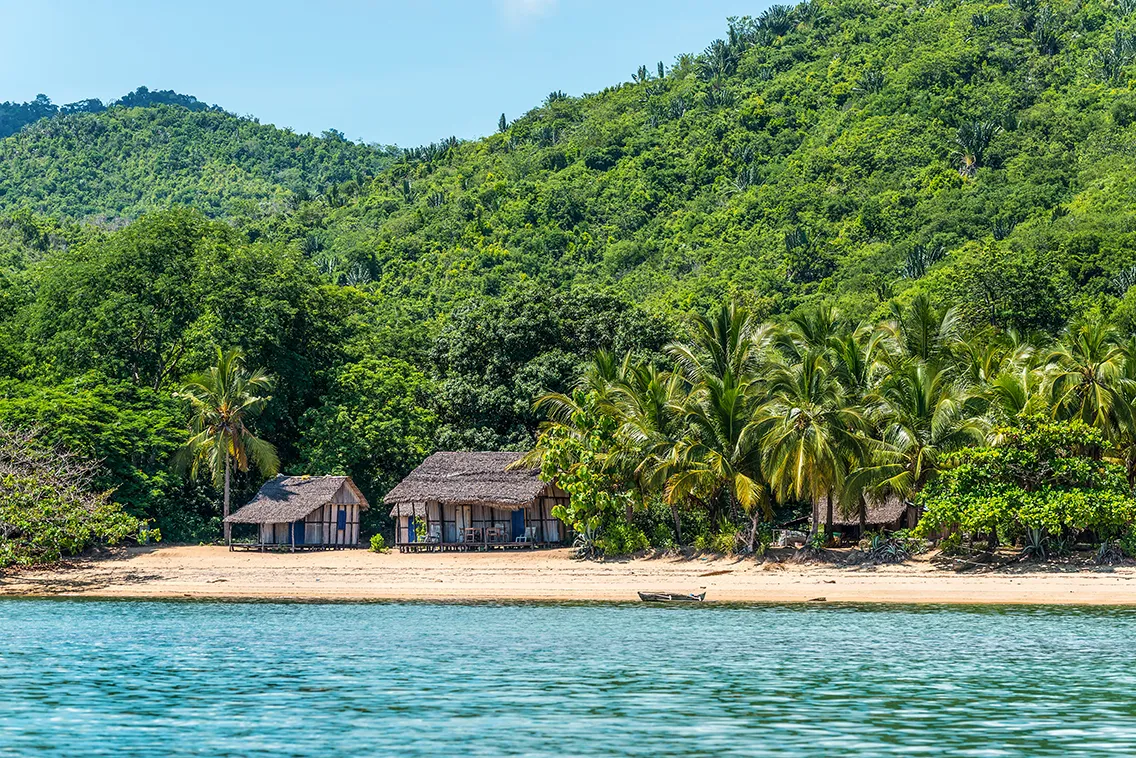
The objective is to reach 1,000,000 tourists by 2028, says Viviane Dewa, the new Minister of Tourism, who was appointed at the end of August 2024. She is thus doubling the initial target of 500,000 tourists by 2023, set – pre-Covid – by President Rajoelina.
To date, between January and August 2024, Madagascar has received 126,421 visitors. And last year, the country received almost half a billion euros in tourism revenue from 259,850 visitors, an increase of almost 100% compared to 2022 (131,118 visitors), but still below the figure for 2019 (almost 350,000), according to the ministry’s database.
Behind these figures, “the island of Nosy Be, with its direct flights and cruise ship arrivals, is doing the best”, says one tourism operator. “On the other hand, towns at the end of an overland route, such as Mahajanga or Morondava [more than 12 hours’ drive, to travel around 600km, editor’s note], have seen a decline.” Nationals were also more cautious about visiting their country.
In Antananarivo, “the tourist season has been favourable for our three Radisson hotels, which attract both business and leisure guests”, says François van Rens, general manager of the sites, owned by the local Talys group, which in 2022 made one of the biggest investments in recent decades – €25m – with the purchase of two hotels and the construction of a third, involving a total of 250 rooms. “Our visitors come mainly from Europe, from France and Germany,” adds the general manager.
To develop the sector, “the first priority is to improve governance, in particular by adopting the Tourism Code”, says Viviane Dewa. Tojo Lytah Razafimahefa, Chairman of the Board of Directors of the Confédération du tourisme de Madagascar, the main grouping of tourism operators, also advocates attractive investment policies, as found in Namibia and Zambia, “countries that have passed the one million tourist mark and the one billion dollars’ revenue milestone”.
The second area of work concerns developing Madagascar’s image, “through digital promotion campaigns”, adds the minister. “And the third involves improving connectivity by sea and air, both nationally and internationally, by bringing in new airlines such as China Southern Airlines.”
Emirates already landed the inaugural flight of its new service between Dubai and Antananarivo, on 3 September. And Qatar Airways is also establishing a foothold in Madagascar through its acquisition in late August of a 25% stake in the South African airline Airlink, which already has a presence in Madagascar. “Internationally, there is a positive momentum, with many airlines and frequencies several times a week,” notes Razafimahefa. “But internally, the domestic network is not yet meeting demand.”
The state of the roads has not helped, but Madagascar Airlines, which has a de jure monopoly over the national skies, has also been in transition. In late 2023 into early 2024, the airline was for a time restricted to using two of its six ATR72 aircraft to service the ten domestic destinations. This meant limited volumes for tour operators wishing to transport customers to the provinces and back for their international return flights.
However, the situation is improving. Since the end of July, Madagascar Airlines has had at least three aircraft in operation, with flights scheduled just after the arrival of Air France and Emirates long-haul flights. It is expected that it will shortly have five planes available, and has upgraded its maintenance capability. Managing Director Thierry de Bailleul has also benefitted from the support of the World Bank over the last few months.
Historically, visitors have come from France and Europe. “But Madagascar is now turning its attention to emerging markets such as China and India, and local markets for short stays such as Réunion and Mauritius,” says Minister Dewa. “We still need a clear tourism policy, adopted by everyone,” argues Razafimahefa. “Are we targeting the Brics, Asia, ‘well-being’, business travel – and which assets are we highlighting?”
Indeed, the country can satisfy fans of white sand, but attractions also include climbing in the exceptional Tsaranoro massif, kitesurfing in Sakalava Bay, motorbike tours, deep-sea fishing… all in a setting that is home to around 3% of the world’s biodiversity, including the famous lemurs.
Uniqueness, rarity, biodiversity. These qualities perfectly meet the expectations of a very specific category of traveller: the very (very) wealthy, even billionaires. “These days, luxury means exclusivity, it means being ‘alone in the world’, and that’s becoming extremely rare,” says Christophe Caumes, director and founder of the Madascarenes agency. He and his wife Sarah organise extremely personalised trips to inaccessible places, punctuated by exceptional encounters, such as world-renowned scientists talking about local issues, with meals worthy of Michelin-starred restaurants.
“For example, for a family, we recently organised a regatta of 80 pirogues on the west coast, among the Vezo people,” explains Caumes; the kind of event that has never been organised before. “Madagascar still has that purity, that spontaneity that other countries have lost. You don’t queue up like at Machu Picchu. In the Omo Valley in Ethiopia, or among the Himba in Namibia, you sometimes come across more folklore than authenticity.”


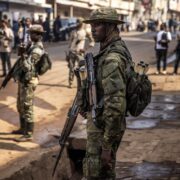
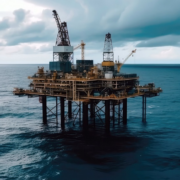


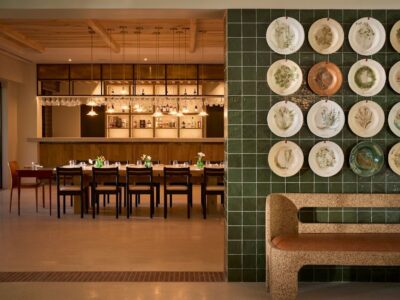

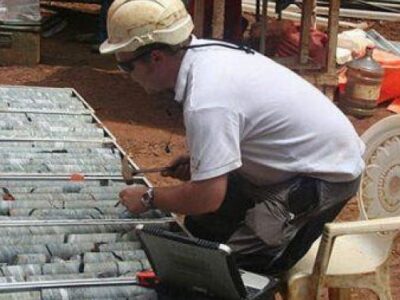

Comments